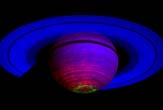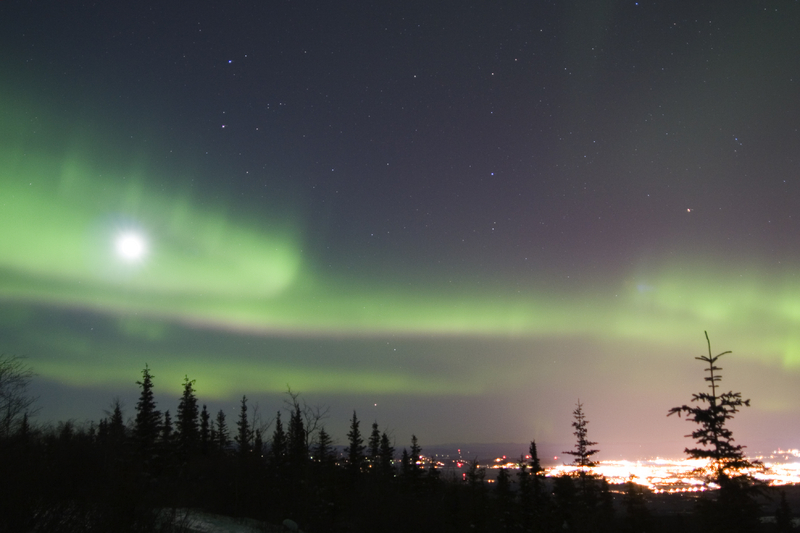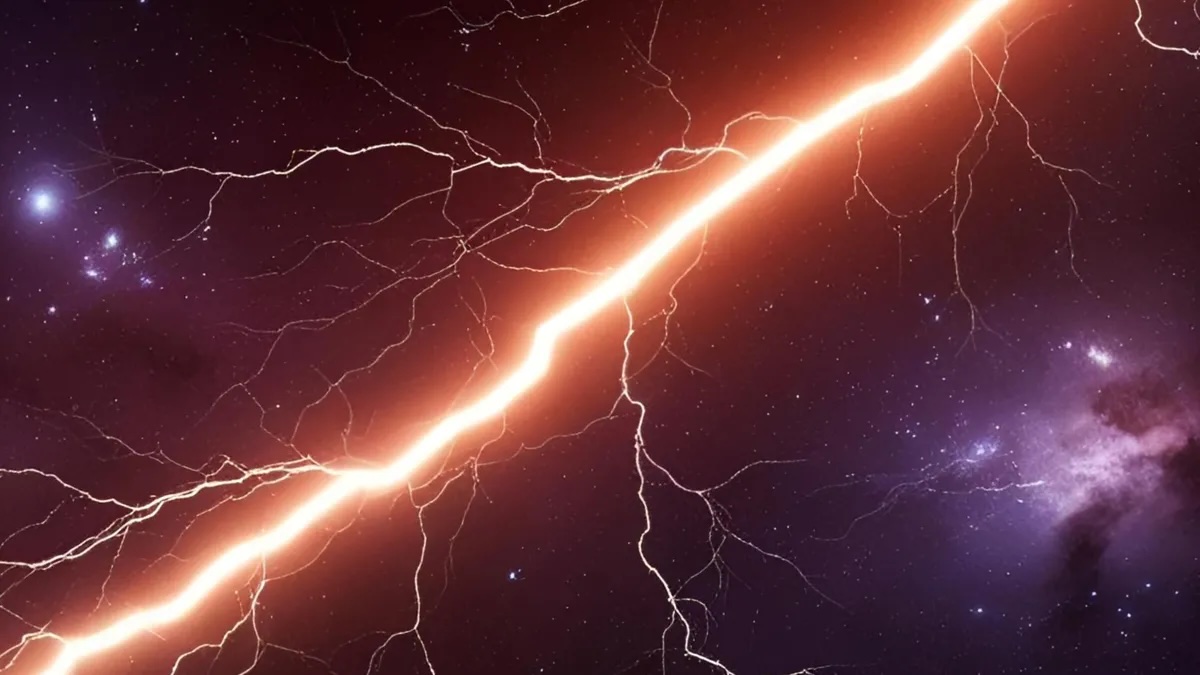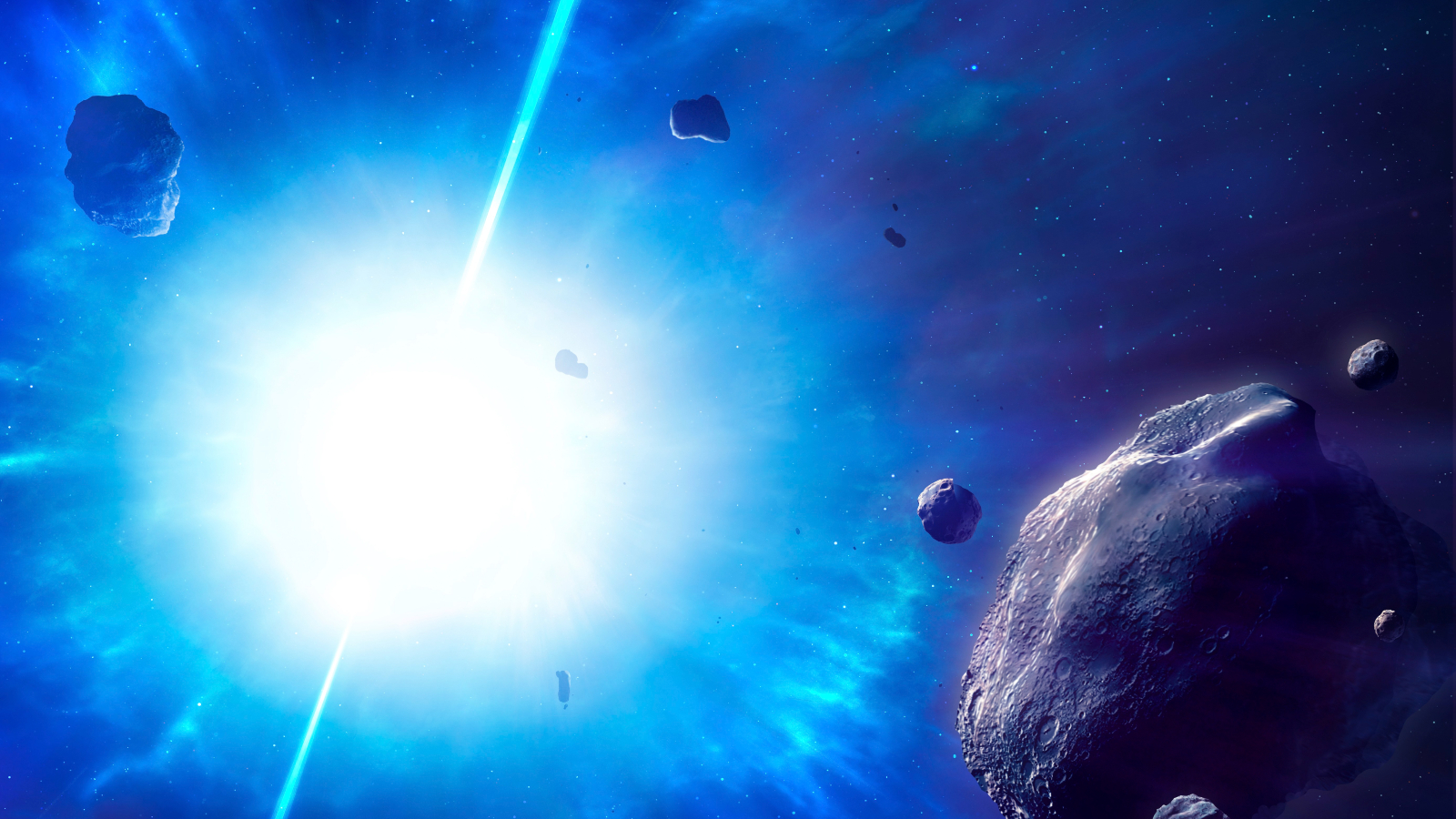Aurora Photos: Northern Lights Dazzle in Night-Sky Images
Solar Storm May Spark Dazzling Northern Lights Display

Skywatchers at high latitudes can expect spectacular aurora borealis displaysin the skies tonight (Aug. 5) thanks to a strong solar flare that hurled a cloud of plasma toward Earth on Aug. 2. The flare occurred when an intense magnetic event above sunspot 1261 hurled a stream of charged particles that's now headed toward Earth, according to SpaceWeather.com.
Also known as the Northern Lights, the aurora light show is the result of the interaction of these charged particles with Earth's magnetic field.
The image above, taken by instruments onboard NASA's Solar Dynamics Observatory, shows a powerful M9-class solar flare that erupted from the sun at 10:09 p.m. EDT on July 29 (0209 GMT July 30). M-Class flares are medium-strength events. The strongest type of solar eruption is class X, while class C represents the weakest, on the scale. The Aug. 2 flare registered as a middleclass M1 event. [Read more at SPACE.com]
NASA Rocket Flies Through Earth's Shimmery Auroras

A NASA rocket launched Dec. 12 from Norway to study the mysterious northern lights. This photo of the RENU launch was taken from downtown Andenes, Norway.
Spectacular Aurora on Saturn Shines in New Video

Composite image of Saturn shows the entire planet, including the rings as seen by NASA's Cassini spacecraft from the south. The green glow represents aurora lights.
Aurora Dances Around Moon Aurora Dances Around Moon

The aurora borealis, also known as the northern lights, surround the bright full moon over Fairbanks, Alaska.
Mount Washington Northern Lights

Auroras light up the skies over Mount Washington in New Hampshire in the early morning hours of Feb. 19, 2014.
Sign up for the Live Science daily newsletter now
Get the world’s most fascinating discoveries delivered straight to your inbox.
Northern Lights in Maine

The northern lights were spotted over Sebago Lake in Maine early Feb. 19, 2014.
Northern Lights Shine Bright over Denali

Visitors to Denali National Park saw quite the light show this week as the northern lights glowed in the night.
Also called auroras, northern lights form when charged particles flow from the sun in a kind of "solar wind" and enter Earth's magnetic field, revving up electrically charged particles trapped there.
By the second week of August, the night sky above Denali is dark enough to see the northern lights. As Denali turns farther and farther away from the sun, the amount of darkness increases each night. Denali loses daylight rapidly in late August and September, so that by late September you don't have to burn the midnight oil to enjoy the night sky.
The light show in the above photo was seen over Denali's Toklat River. Denali spans 6 million acres of land in the Alaskan wilderness. The park is home to the tallest peak in North America, Mount McKinley, also known as Denali, which has a height of 20,237 feet (6,168 meters). "Denali," or "High One," was given its name by Athabascan native people. The mountain is part of the Alaskan Range, which covers some 600 miles (966 kilometers).
Follow OurAmazingPlanet @OAPlanet, Facebook & Google+.
Northern Lights Milky Way at Pemaquid

When photographer Mike Taylor captured this image, he saw "dancing lights" in the sky that waved a bit like curtains.
Aurora Over Alaska by LeRoy Zimmerman

LeRoy Zimmerman sent SPACE.com this beautiful panoramic image of an aurora dancing near Fairbanks, Alaska on Dec. 7, 2013. Zimmerman took about 500 shots in half an hour with two-second exposures about every three seconds using a Canon 6D camera.
Green Aurora Shimmers Over Alaska by LeRoy Zimmerman

LeRoy Zimmerman sent SPACE.com this panoramic image of an aurora near Fairbanks, Alaska on Dec. 7, 2013. Zimmerman took about 500 shots in half an hour with two-second exposures about every three seconds using a Canon 6D camera.










